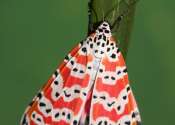Bats use four key tactics for accurate target tracking
The ability of "target tracking," i.e., keeping a target object in sight, is essential for various activities and has improved in animals and machines through the evolution of life and technology, respectively. Because most ...









